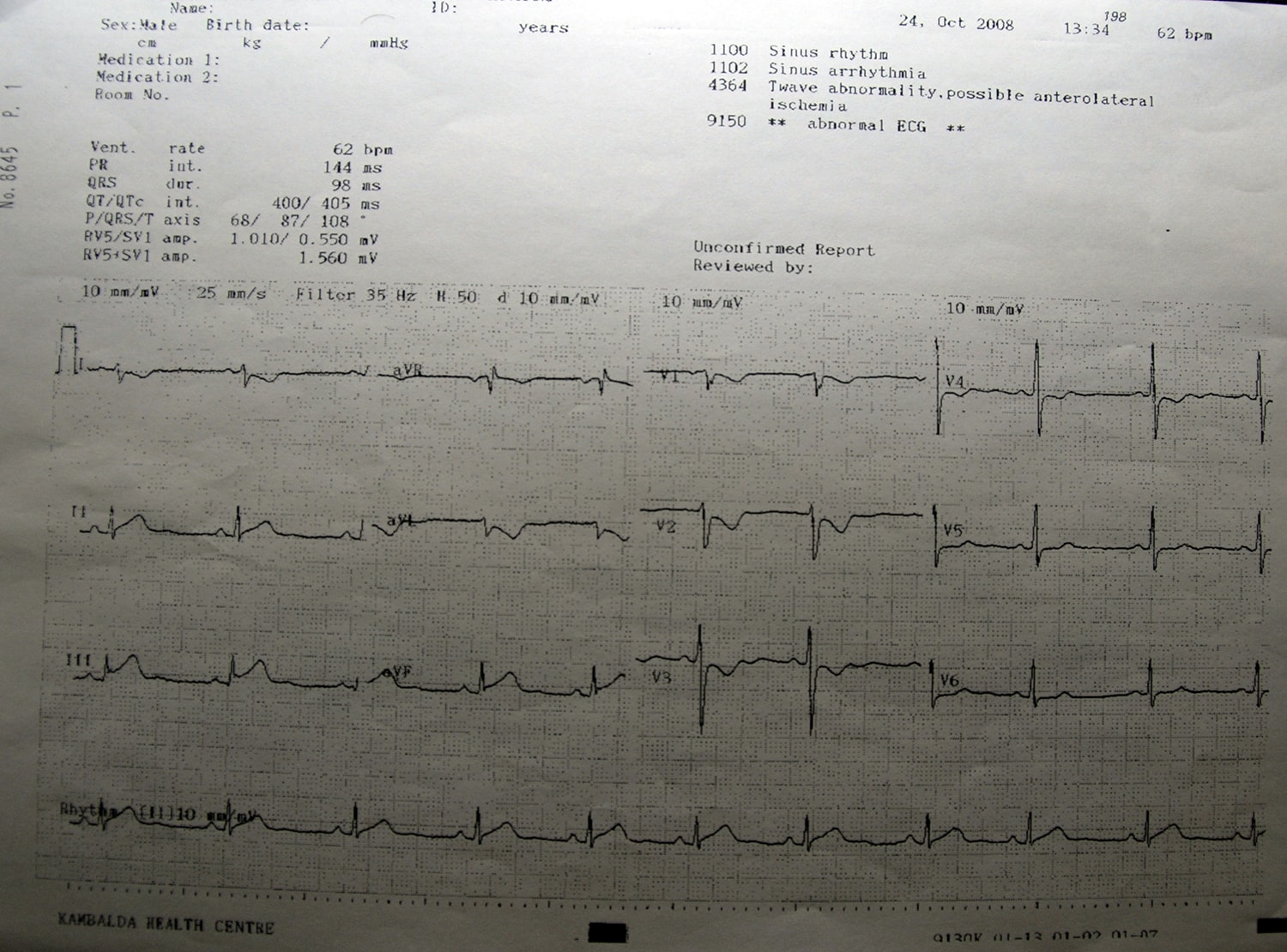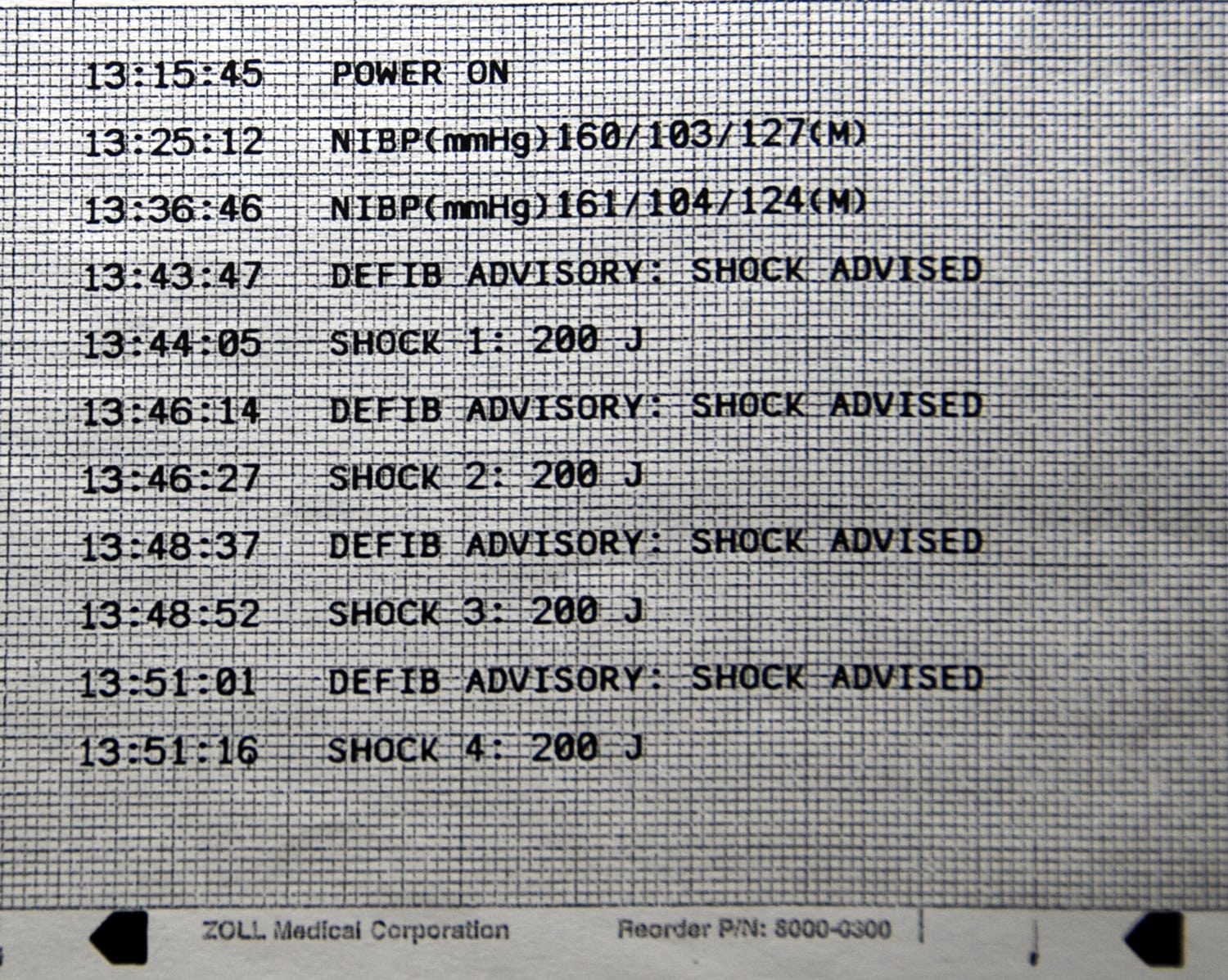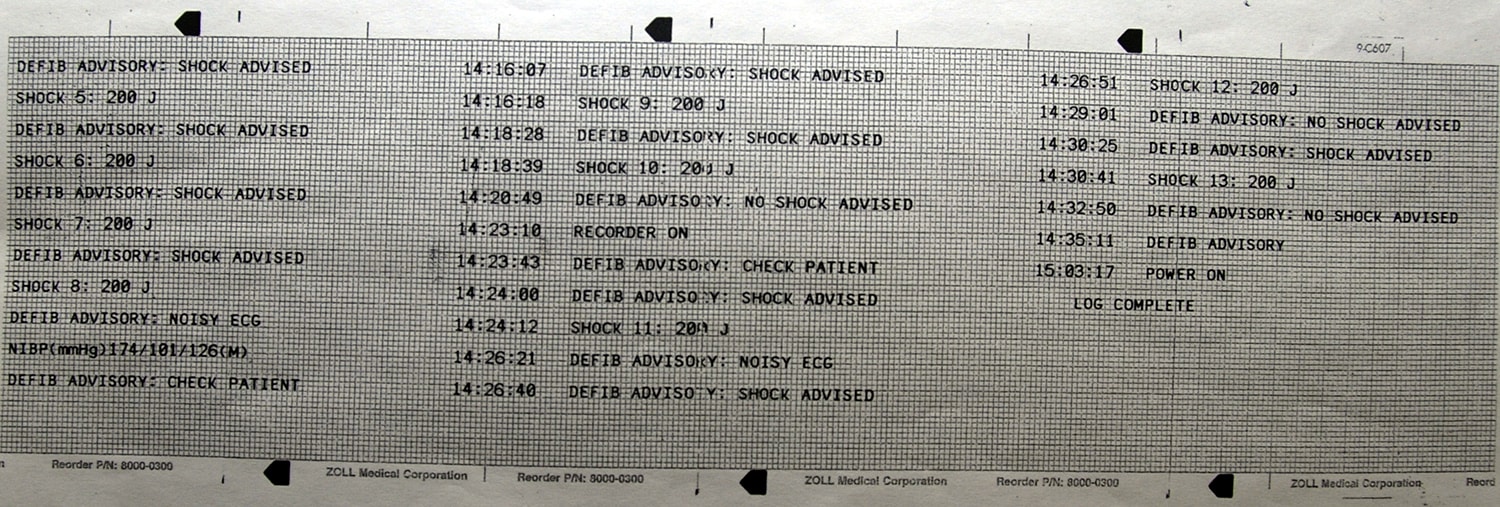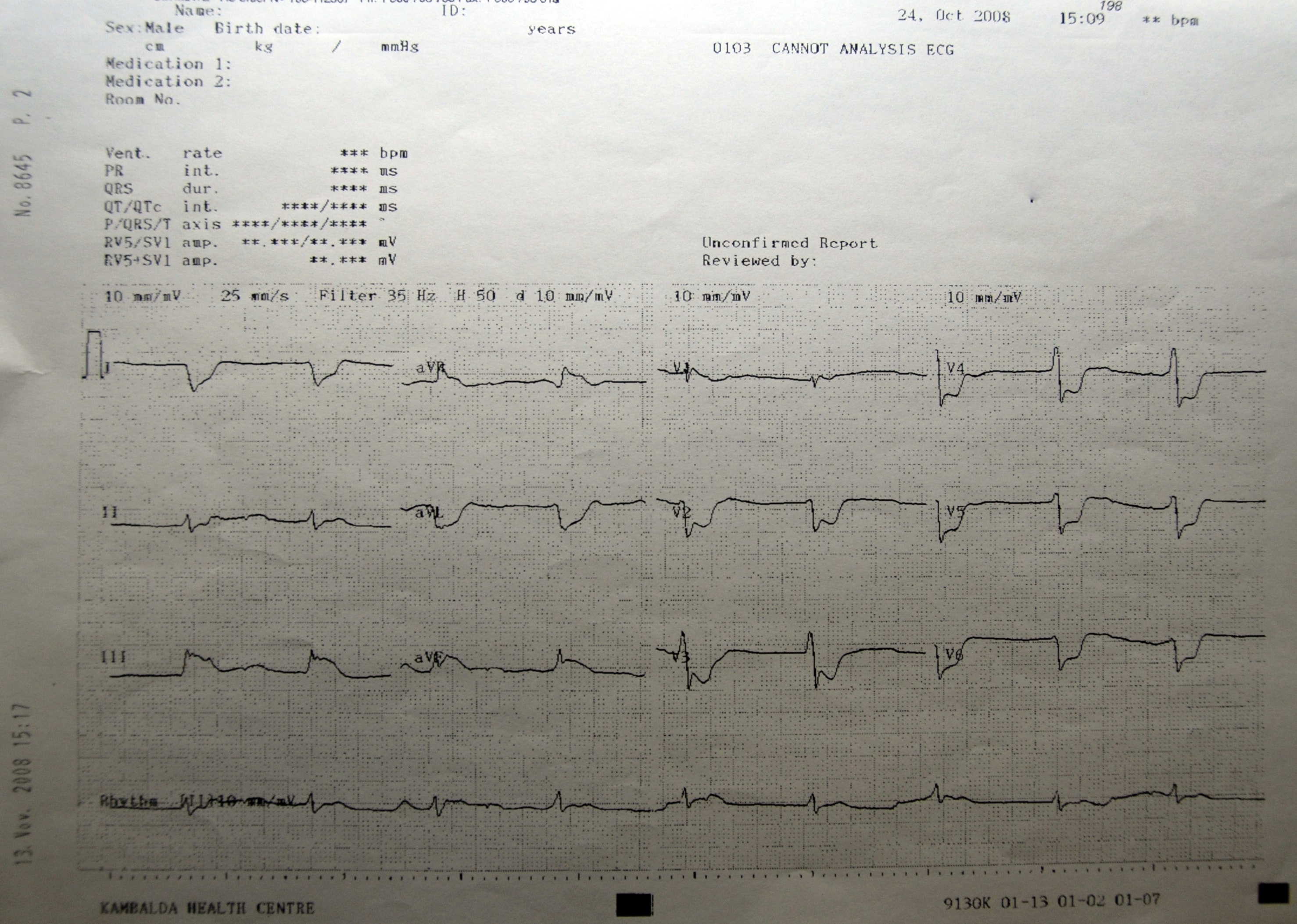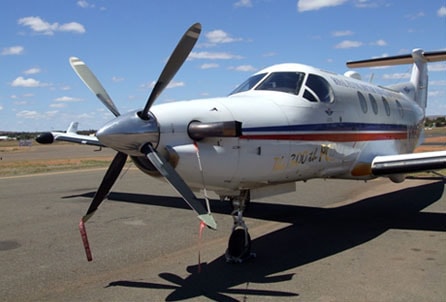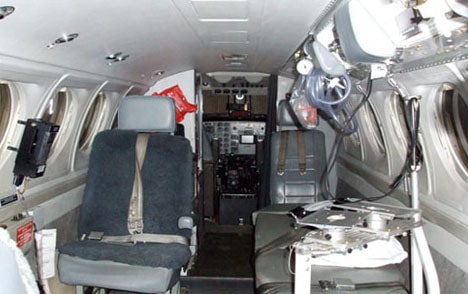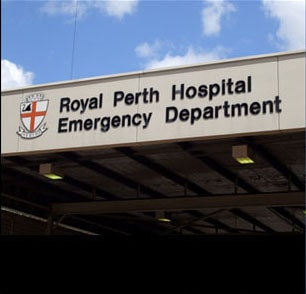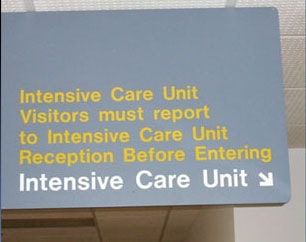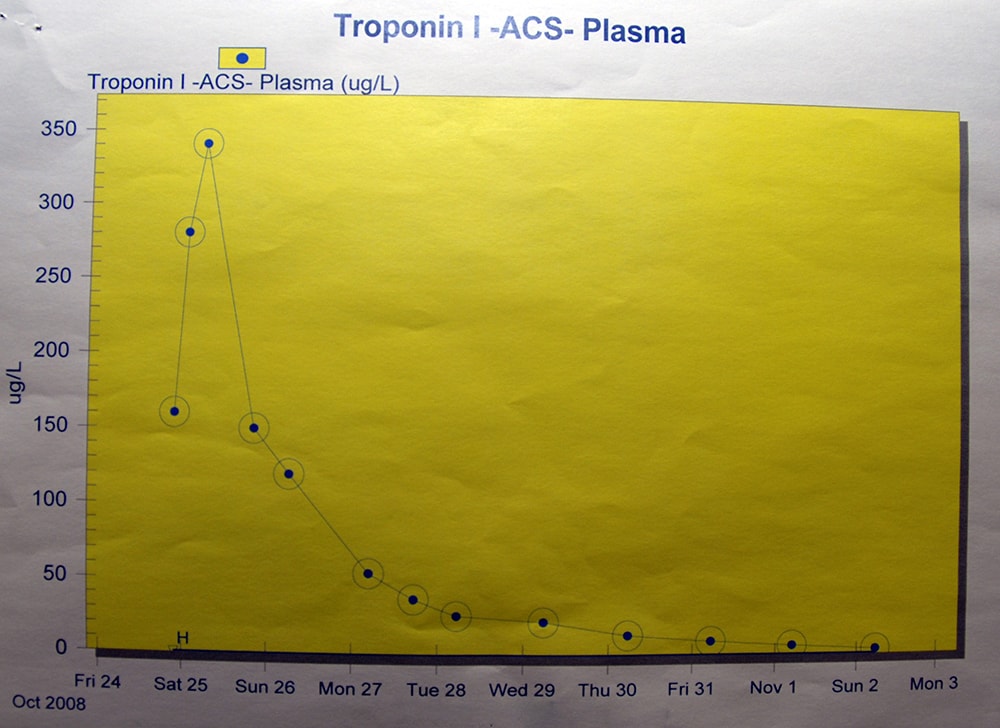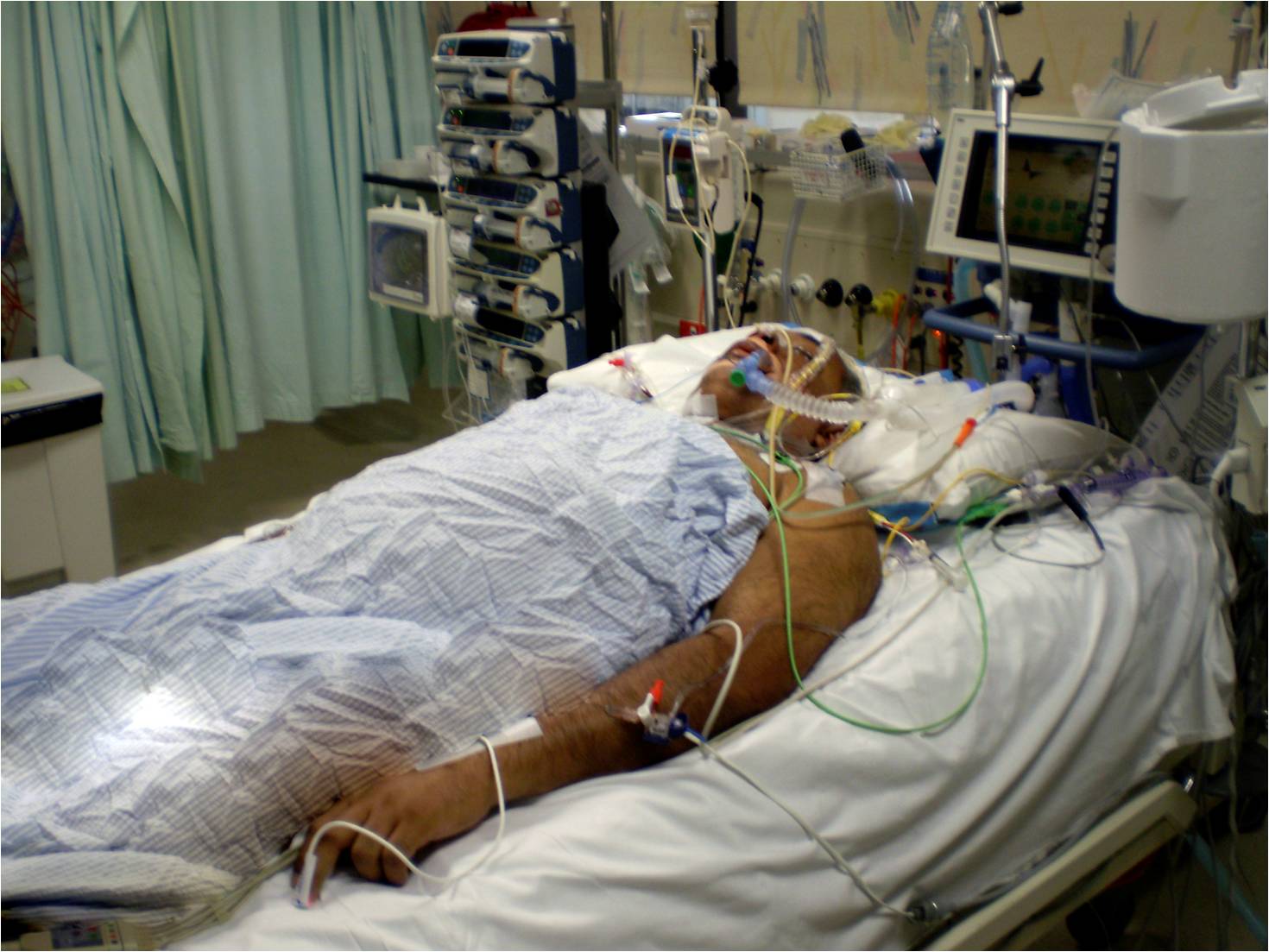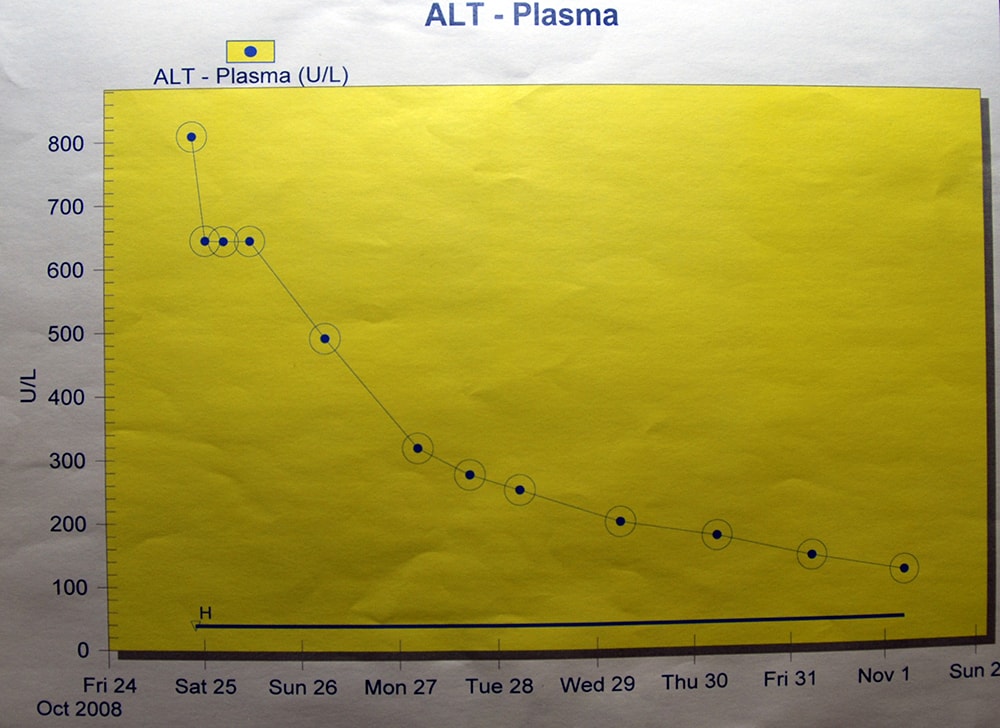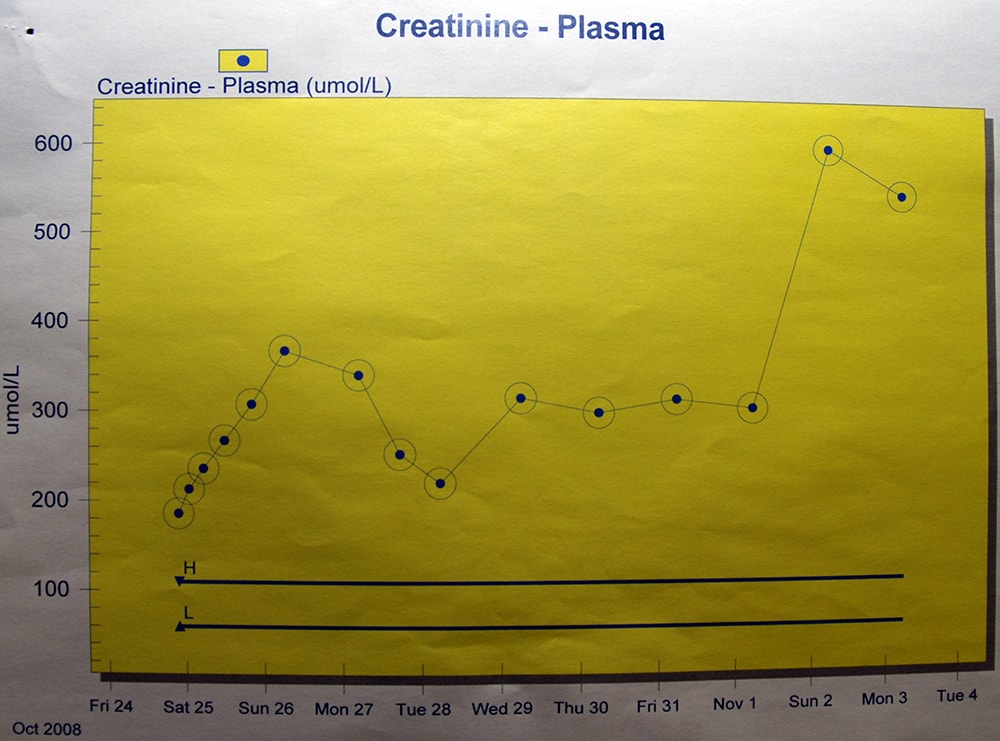MEDICAL HISTORY
- 39-year male
- Chest discomfort, gradual onset
- Driving in a car from Esperance to Kalgoorlie, Western Australia (400km)
- Location of pain: diffuse anterior (front) chest
- Burning sensation with no radiation of the pain
- No shortness of breath, sweating or palpitations
- No cough, no change of pain on breathing
MEDICAL HISTORY CONTINUED
- Drives for 350 km about 3.5 hours
- No change in the chest discomfort
- Feels hot with the air-conditioning and has nausea
- Decides to get into a GP clinic in a nearby town
PAST HISTORY AND FAMILY HISTORY
- Type 2 Diabetes Mellitus on tablet Metformin
- Recent history of air travel to the pacific islands of Vanuatu (returned 5 days prior)
- Parents Type 2 Diabetes Mellitus
- Grandfather died of Heart Attack at 74 years of age
GENERAL PRACTITIONER (GP) EXAMINATION
The GP Examined the patient briefly after being called back from his lunch break.
- Pulse: 62/min regular
- Blood pressure (BP): 130/90 mmHg lying
- O2 Saturation: 98% on room air
- Cardiovascular and Respiratory examination normal
FIRST ECG
This ECG shows ST segment elevation in leads II, III and AVF which indicates ST elevation myocardial infarction. This means that there is clear evidence the patient is having a major heart attack involving the inferior wall of the heart. There is no blood supply reaching this area of the heart.
PROGRESS IN GP CLINIC-1
- Within minutes of the ECG being done the Chest pain had become severe
- Located in the center of the chest
- Has nausea and sweating
- Pulse: 127/min regular
- BP: 160/103 mmHg
- O2 Saturation: 96% on 10L of Oxygen
- GP gives morphine for pain with no relief
- Patient develops sudden tonic clonic seizures
- GP finds NO Pulse, Blood Pressure or Breathing
- GP confirms CARDIAC ARREST
- ECG monitor shows that patient is in Ventricular Fibrillation (this is a cardiac rhythm with indicates cardiac arrest and is incompatible with life)
- Cardiopulmonary resuscitation (CPR) commenced
- Bag and Mask Ventilation commenced
- Automatic Defibrillator connected (this is a device that can deliver electric shocks. The machine is programmed to assess the rhythm of the heart accurately and advice whether an electric shock is indicated. The purpose is to try and shock the heart into a normal working rhythm
- The Defibrillator advices electric shocks to be given at 200 joules biphasic the 1st shock is delivered
ORIGINAL DEFIBRILLATOR LOG-1
Explanation: This is the original defibrillator log which is an automatic print out generated, and this shows that the defibrillator advised 4 shocks which had been delivered
ORIGINAL DEFIBRILLATOR LOG-2
Patient was intubated (a tube placed into the trachea to provide ventilatory breaths) by the GP and given 15L of Oxygen using an Ambu bag.
Explanation: This shows that a total of 13 shocks were advised and delivered, the last one being at 14:30 which covered a total period of 48 minutes.
PROGRESS IN GP SURGERY-2
- 55-60 mins of CPR and 13 electric shocks
- Patient was in Ventricular Fibrillation from 13:42 to 14:30 (48 minutes)
- Following the last shock delivered at 14:30 the patient went into flat line which is called “Asystole”
- CPR was continued and then the Emergency Physician decided to discontinue CPR after a trial of high dose of Adrenaline
- Patients wife arrived from Kalgoorlie after 60 mins of the cardiac arrest
- She was called by the Emergency Physician and informed that Sean was gone and CPR was discontinued
- The wife was allowed to go into the room and say goodbye
- The wife came into the room and held the patients hand and said a simple prayer “Lord Sean is only 39 years old, I am only 38, we have a 10-year-old boy I need a miracle”
- Soon after the prayer at approximately 15:07 there was return of spontaneous circulation (ROSC), which means the heart beat came back.
Burn Marks due to repeated electrical shocks
Second ECG after ROSC
This ECG shows definitive electrical activity of the heart compatible with having a pulse. There are reciprocal changes in the anterolateral leads consistent with having had a heart attack. There continues to be ST elevation in the inferior leads suggestive of ongoing damage to the heart.
PROGRESS IN GP SURGERY-3
- Post resuscitation care was started
- Patient was moved to Kalgoorlie Hospital (KH) by ambulance
- Tenecteplase (Clot busting drug for opening up blocks in the artery supplying the heart) was administered in KH
- Blood pressure support medication and breathing support with mechanical ventilator was continued
- Patient was transferred to Royal Perth Hospital, 600km away via the Royal Flying Doctors Service
Transfer of patients from country towns to major city hospitals in WA uses the services of the Royal Flying Doctors
PROGRESS IN ROYAL PERTH HOSPITAL (RPH)-1
- Patient was taken from the Emergency Department to the Cardiac Catheterization Laboratory and a bare metal stent was placed in the right coronary artery to open the block
- Intra-aortic Balloon Pump (IABP) was placed to augment the heart function as it was very weak
- Patient was shifted to the ICU and given 24 hours of therapeutic hypothermia and nitric oxide
- Patient was on multiple blood pressure support medications (inotropes) to try and achieve a systolic blood pressure over 80 mmHg which is required for blood supply to the brain but for about 48 hours the systolic blood pressure was often only 60 mmHg
- The wife was told that the patients condition was very critical and survival over the next 24 hours was doubtful
TROPONIN TEST
Explanation: This is a blood test done to confirm the patient has had a heart attack. This test result shows that this was clearly positive.
Photo taken by Maurice Crook on 26/10/2008 at RPH ICU
The patient had survived for over 24 hours and as the photo indicates was on multiple pumps to support the blood pressure, deep in coma and on a mechanical ventilator with multiple tubes and lines in place
ALT- Plasma
Explanation: This shows that the liver was damaged as there was no blood flow to the liver due to the prolonged cardiac arrest. The liver function improved on its own over a period of time and returned to normal.
Creatinine- Plasma
Explanation: This slide shows that the patient had Acute Kidney Failure due to lack of blood flow to the kidney due to prolonged cardiac arrest. This was gradually getting worse.
PROGRESS OF PATIENT IN RPH -2
- Patient opened his eyes spontaneously on the 3rd day on 26/10/2008
- Patient started to move both hands and legs on the 4th day 27/10/2008
- Doctors were able to wean the patient off the ventilator and was able to remove the tube in the trachea and patient was able to breath on his own by the 6th day
- Patient was weaned off all the blood pressure support medication and the intra-aortic balloon pump was removed and his blood pressure was stable
- Patient was able to speak with an absolutely perfect memory of all events until the cardiac arrest on the 6th day
- There was NO neurological deficits, no loss of any function in spite of the prolonged cardiac arrest of 1 hour and 25 minutes
- Patient had to undergo dialysis 6 times before his kidney function returned to normal
- Shifted out of ICU on the 8th day
- Discharged from the hospital on the 13th day

